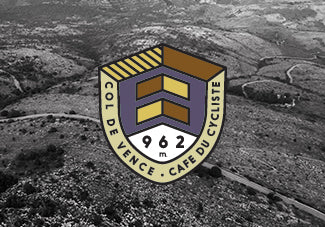Col de la Madone: Nos montagnes à la carte #5
It’s a dramatic start to arrive in Menton and climb immediately from sea level.
Menton, also known as La Perle de France, is famous for its gardens and its lemons – the latter such a growth industry in the warm micro-climate of the bay and foothills behind that the taxes levied by the former ruling Monagasque government were one of the main reasons why the town to separated itself from its Riviera neighbour in 1848.
Famed as a training hill, exactly where the pros commence their battle with the clock on the ‘classic’ start is a constant cause of debate. But those without the pressure of power meters and heart rate statistics usually prefer the ‘beach’ start.
It mounts the hill with the sharp gradients of Corniche des serres de la Madone which immediately plunges you into a series of hairpins through vine trees that help make the town famous for its gardens and greenery.















